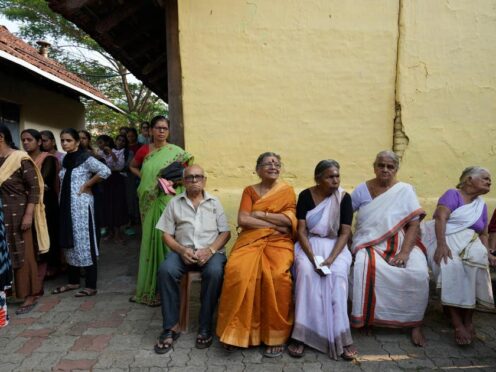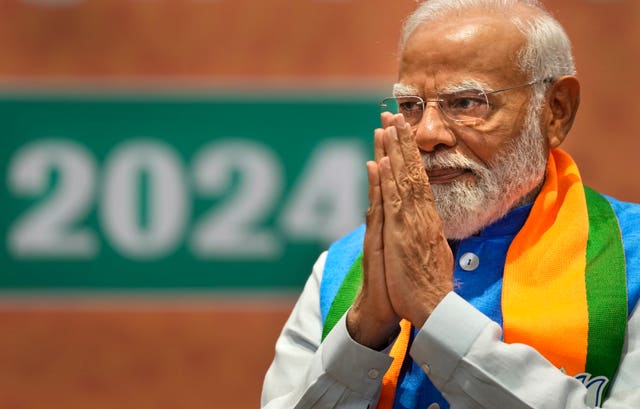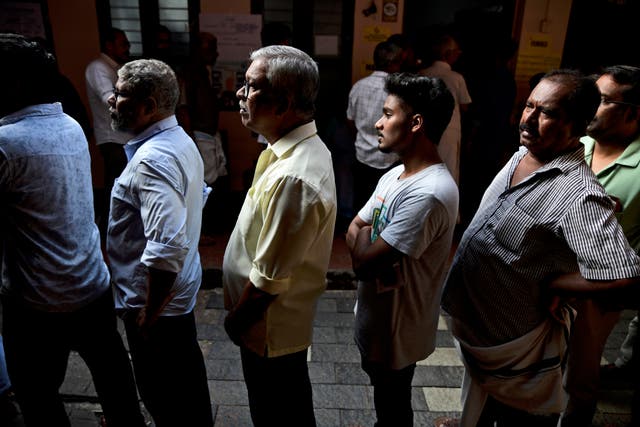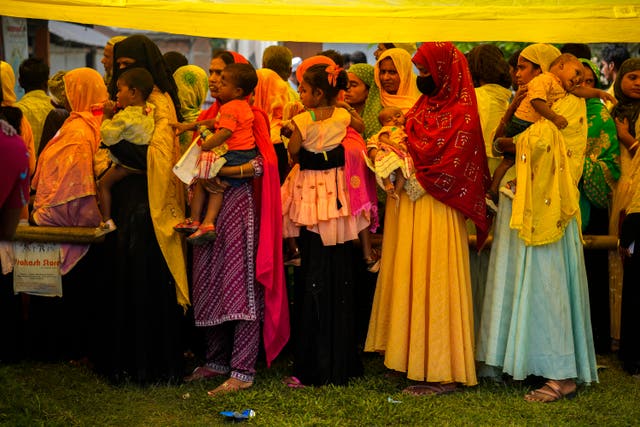
Millions of Indians have begun voting in the second round of multi-phase national elections, as Prime Minister Narendra Modi seeks to galvanise voters with his assertive brand of Hindu nationalist politics.
People lined up outside polling stations as voting opened at 7am on Friday.
Turnout is expected to pick up as the day progresses.

The outcome of Friday’s voting will be crucial for Mr Modi’s Hindu nationalist Bharatiya Janata Party, as the 88 constituencies up for grabs across 13 states include some of its strongholds in states like Rajasthan, Madhya Pradesh, Uttar Pradesh and Maharashtra.
Most polls predict a win for Mr Modi and the BJP, which is up against a broad opposition alliance led by the Indian National Congress and powerful regional parties.
Congress party leader Rahul Gandhi is running in Wayanad constituency in southern Kerala state for a second time, after he was defeated in 2019 elections by Smriti Irani, a BJP leader, in the northern Indian city of Amethi — a traditional stronghold for the Nehru-Gandhi family.

Other prominent candidates in the second phase of voting include Shashi Tharoor of the Congress party, popular BJP Bollywood star Hema Malini and actor Arun Govil, who played the role of Hinduism’s revered Lord Ram in a 1987 television adaptation of the ancient epic Ramayana.
Prime Minister Modi urged people to vote in record numbers to strengthen democracy.
“I especially urge our young voters and women voters to turn out in great numbers. Your vote is your voice!” Mr Modi said in a message on the social media platform X.

The BJP has already won one parliamentary seat from Surat in Gujarat state, where the Congress party candidate was disqualified on Monday.
Election officials said they found discrepancies in the signatures on the nomination and other candidates pulled out of the contest, leaving BJP nominee Mukesh Dalal as the winner by default.
Nearly 970 million voters — more than 10% of the world’s population — will elect 543 members to the lower house of Parliament for five years during the staggered election, which runs until June 1.
The votes will be counted on June 4. There are a total of 28 states in India.
The turnout of the first phase of polling on April 19 was estimated around 62% of 166.3 million eligible voters.
About 160 million are eligible to vote in the second phase.

Enjoy the convenience of having The Sunday Post delivered as a digital ePaper straight to your smartphone, tablet or computer.
Subscribe for only £5.49 a month and enjoy all the benefits of the printed paper as a digital replica.
Subscribe